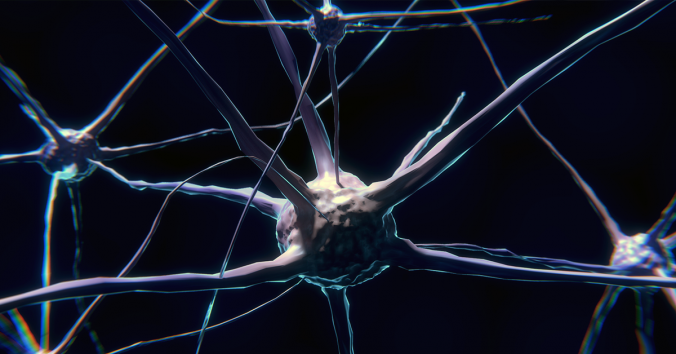The notion of a conscious universe, animated by unobservable experiences, is today presented almost as a scientific hypothesis. How is that possible? Do cosmologists’ hypotheses that the universe is filled with dark matter and dark energy contribute to making the idea of a universe filled with “dark consciousness” almost credible?
I ask the question because I myself am amazed at how the notion that elementary particles have elementary experiences suddenly has become academically credible. The idea that consciousness permeates reality is usually called panpsychism and is considered to have been represented by several philosophers in history. The alleged scientific status of panpsychism is justified today by emphasizing two classic philosophical failures to explain consciousness. Materialism has not succeeded in explaining how consciousness can arise from non-conscious physical matter. Dualism has failed to explain how consciousness, if it is separate from matter, can interact with physical reality.
Against this discouraging background, panpsychism is presented as an attractive, even elegant solution to the problem of consciousness. The hypothesis is that consciousness is hidden in the universe as a fundamental non-observable property of matter. Proponents of this elegant solution suggest that this “dark consciousness,” which permeates the universe, is extremely modest. Consciousness is present in every elementary particle in the form of unimaginably simple elementary experiences. These insignificant experiences are united and strengthened in the brain’s nervous system, giving rise to what we are familiar with as our powerful human consciousness, with its stormy feelings and thoughts.
However, this justification of panpsychism as an elegant solution to a big scientific problem presupposes that there really is a big scientific problem to “explain consciousness.” Is not the starting point a bit peculiar, that even subjectivity must be explained as an objective phenomenon? Even dualism tends to objectify consciousness, since it presents consciousness as a parallel universe to our physical universe.
The alternative explanations are thus all equally objectifying. Either subjectivity is reduced to purely material processes, or subjectivity is explained as a mental parallel universe, or subjectivity is hypostasized as “dark consciousness” that pervades the universe: as elementary experiential qualities of matter. Can we not let subjectivity be subjectivity and objectivity be objectivity?
Once upon a time there was a philosopher named Immanuel Kant. He saw how our constantly objectifying subjectivity turns into an intellectual trap, when it tries to understand itself without limiting its own objectifying approach to all questions. We then resemble cats that hopelessly chase their own tails: either by spinning to the right or by spinning to the left. Both directions are equally frustrating. Is there an elegant solution to the spinning cat’s problem? Now, I do not want to claim that Kant definitely exposed the “hard problem” of consciousness as an intellectual trap, but he pointed out the importance of self-critically examining our projective, objectifying way of functioning. If we lived as expansively as we explain everything objectively, we would soon exhaust the entire planet… is not that exactly what we do?
During a philosophy lecture, I tried to show the students how we can be trapped by apparent problems, by pseudo-problems that of course are not scientific problems, since they make us resemble cats chasing their own tails without realizing the unrealizability of the task. One student did not like what she perceived as an arbitrary limitation of the enormous achievements of science, so she objected: “But if it is the task of science to explain all big problems, then it must attempt to explain these riddles as well.” The objection is similar to the motivation of panpsychism, where it is assumed that it is the task of science to explain everything objectively, even subjectivity, no matter how hopelessly the questions spin in our heads.
The spinning cat’s problem has a simple solution: stop chasing the tail. Humans, on the other hand, need to clearly see the hopelessness of their spinning in order to stop it. Therefore, humans need to philosophize in order to live well on this planet.

Written by…
Pär Segerdahl, Associate Professor at the Centre for Research Ethics & Bioethics and editor of the Ethics Blog.
If you want to read more about panpsychism, here are two links:
Does consciousness pervade the universe?
The idea that everything from spoons to stones is conscious is gaining academic credibility
We challenge habits of thought









